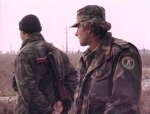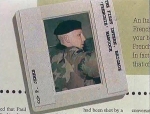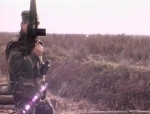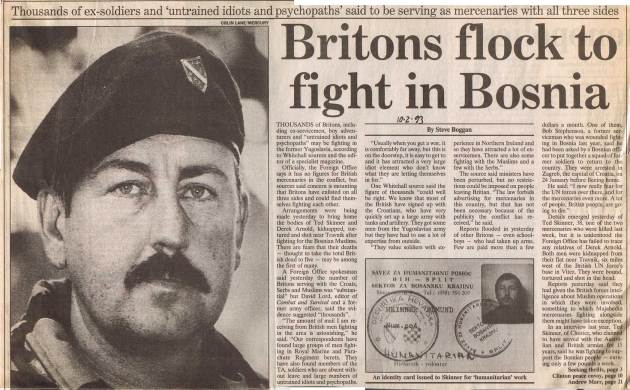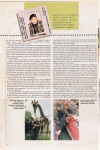Travels With My Camera: Dying For The Truth (1994)
July 25, 1994 7 Comments
DOWNLOAD DOCUMENTARY
» Travels With My Camera: Dying For The Truth (1994) «
Journalist John Sweeney met photographer Paul Jenks in a hotel in Osijek in September 1991. Osijek was a Croatian town in eastern Slavonia, an interface between Croat- and Serb-identified forces during the Yugoslav Civil War, and just down the road from the better-known Vukovar. The two teamed up and worked stories together for a while, before Sweeney left.

On 17 January 1992 Paul Jenks was shot dead. Initial reports pinned the blame on a Serb sniper, but it was not long before other, less prosaic possibilities were mooted – Jenks had been covering the First International Company, a ragtag bunch of foreign fighters who had thrown their lot in with the Croats and who were based in Osijek. He had also been looking into the death of Christian Würtenberg, a Swiss journalist who had recently joined the Internationals whilst secretly investigating links between them and European fascist networks.
This is a film made by Sweeney in 1994 about his return to Osijek to investigate his friend’s death, a follow-up to his 1992 article in The Observer, ‘Who Killed Paul Jenks?‘. Sweeney also wrote another Observer article, ‘The Killer Who Loves ET And Mary Poppins‘ (published 26 June 1994), to lead up to the broadcast of the film on 25 July 1994. I have scanned both articles in, and they are available on this blog.

As with the earlier documentary about the ‘First International Company’ of foreigners fighting for the Croats at Osijek, Inside Story: Dogs Of War, we meet Bolivian-Hungarian commander Eduardo Rózsa-Flores and the supposed former Legionaire Stephen Hancock AKA Frenchie, both of whom are believed to have been involved in the deaths of Paul Jenks and Christian ‘Chris the Swiss’ Würtenberg. Neither seems particularly happy with Sweeney’s line of questioning, and both make barely-veiled threats against him.

In addition Sweeney, half-heartedly pretends to be making a travelogue and persuades right-wing politician Branimir Glavaš (at the time Osijek’s military commander and Flores’ local sponsor, subsequently convicted of war crimes) to take him on a tour of the area whilst asking questions about what went on during the war. Some of the most chilling moments of the film come from Sweeney’s time with Glavaš, a provincial power-broker in a bad suit with a friendly smile and a convivial manner.
By this point in the film we know already how a brutal, internecine war is characterised less by monochromatically-drawn good and bad than by violent banality, incompetence, half-baked idealism, a thirst for adventure. To quote Paddy Considine out of context, “You were supposed to be a monster… Now I’m the fucking beast.” As if to emphasise this Sweeney visits the Serb police post on the outskirts of Osijek, from which a sniper – according to the official Croat version – shot Paul Jenks. There Sweeney enjoys the hospitality of a bunch of people characterised previously only as ‘Chetniks’, off-stage villains, black-hat-wearing bad guys without any lines.
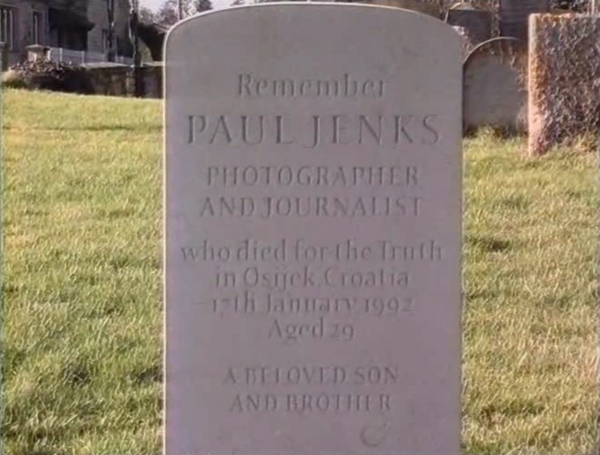
Finally, there are sequences with Paul’s girlfriend Sandra Balsells and his colleague from his time in Yugoslavia Hassan Amini, looking for answers, peace, closure – whatever they were looking for, though, it wasn’t really on offer.
Again, there is nothing on IMDb, but there are some skeletal production details on the BFI database.
Here’s the crew list based on the on-screen credits:
- Reporter: John Sweeney
- Research: Sandra Balsells
- Music: Jay Paine and Michael Bluemink
- Dubbing Mixer: Colin Martin
- Production Manager: Phil Robertson
- Editor: John Mister
- Executive Producer: David Henshaw
- Director: Chris Curling
Hardcash Productions for Channel Four
© Channel Four 1994
TECHNICAL SPECS
- 53m 34s
- 627 MiB
- DivX 5 (video)
- MPEG-1 (audio)
- TeleCine



